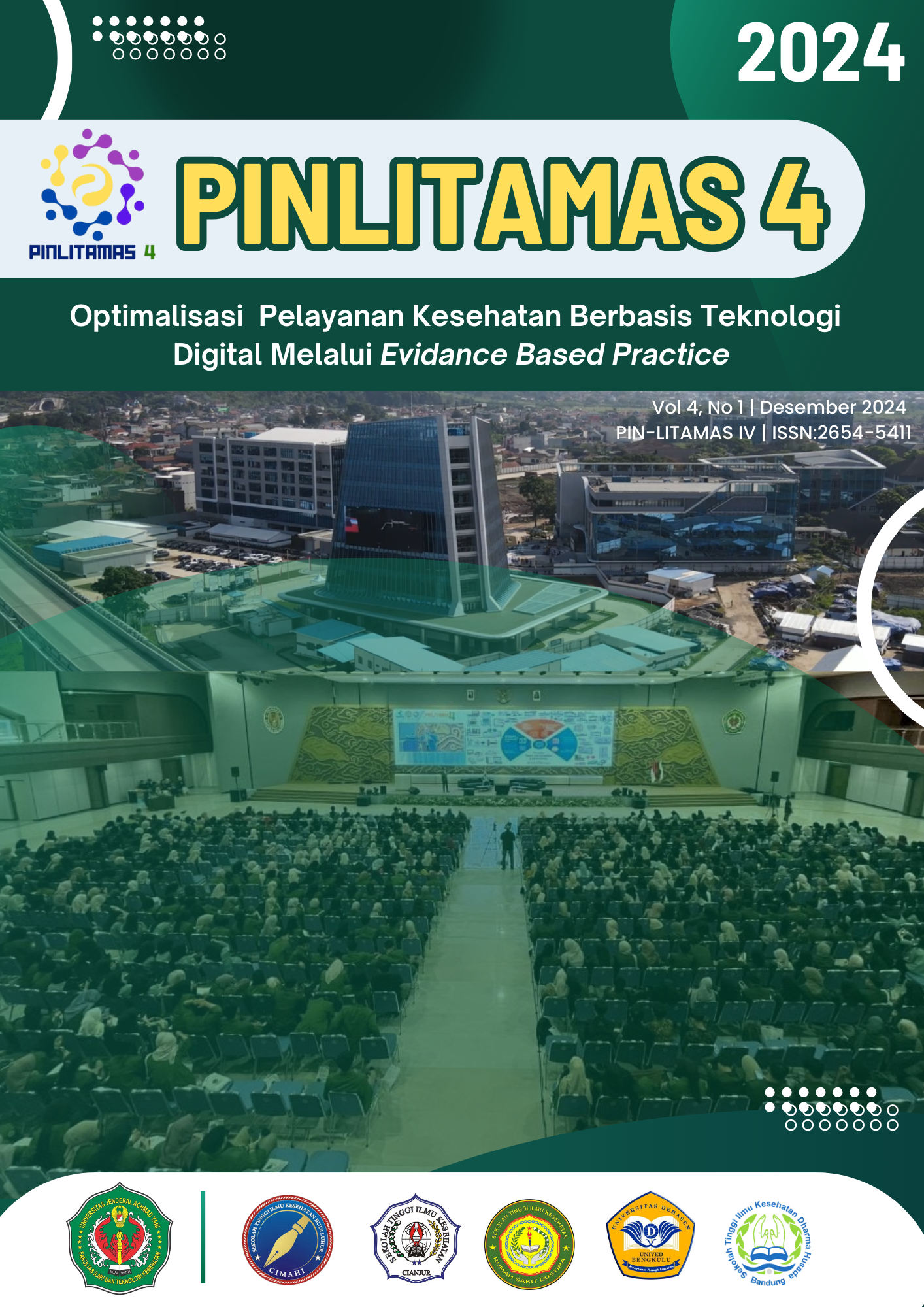DURASI OLAHRAGA DAN STATUS GIZI SEBAGAI FAKTOR RISIKO DISMENOREA PRIMER PADA REMAJA DI SMAN 2 SUMEDANG
Keywords:
primary dysmenorrhea, adolescents, risk factors, exercise duration, nutritional statusAbstract
Background: Primary dysmenorrhea is caused by intense contractions of the uterine muscles and can have a negative impact on adolescents such as health problems and not being able to carry out daily activities. In West Java, the incidence of dysmenorrhea is quite high. A study found that 54.9% of women experienced dysmenorrhea with a classification of mild dysmenorrhea 24.5%, moderate dysmenorrhea 21.28%, and severe dysmenorrhea 9.36%. To provide appropriate treatment, it is necessary to know what factors affect primary dysmenorrhea. Several factors can cause primary dysmenorrhea including family history, menstrual cycle, exercise duration, and nutritional status. Objective: This study aims to determine the duration of exercise and nutritional status as risk factors for primary dysmenorrhea in adolescents at SMAN 2 Sumedang. Methods: This study used a quantitative analytic design with a case-control design. The study sample was 74 class XII students who were divided into case groups of 37 respondents and control groups of 37 respondents. Data collection was in the form of primary data using a questionnaire. Data analysis was performed univariately and bivariately using the chi-square test. Results: The results research in the case group showed that most respondents (70.3%) had exercise duration < 30 minutes in 1 week and most (59.5%) had BMI in the underweight category. In the control group, almost all respondents (78.4%) had an exercise duration of 30-60 minutes in 1 week and most respondents (70.3%) had a BMI in the normal category. Exercise duration and nutritional status were associated with primary dysmenorrhea with p values 0.000 and 0.009. Conclusion: There is an influence of exercise duration and nutritional status on primary dysmenorrhoea in high school students. Suggestions for schools to implement a healthy lifestyle by increasing sports activities and efforts to improve the nutritional status of adolescents.





